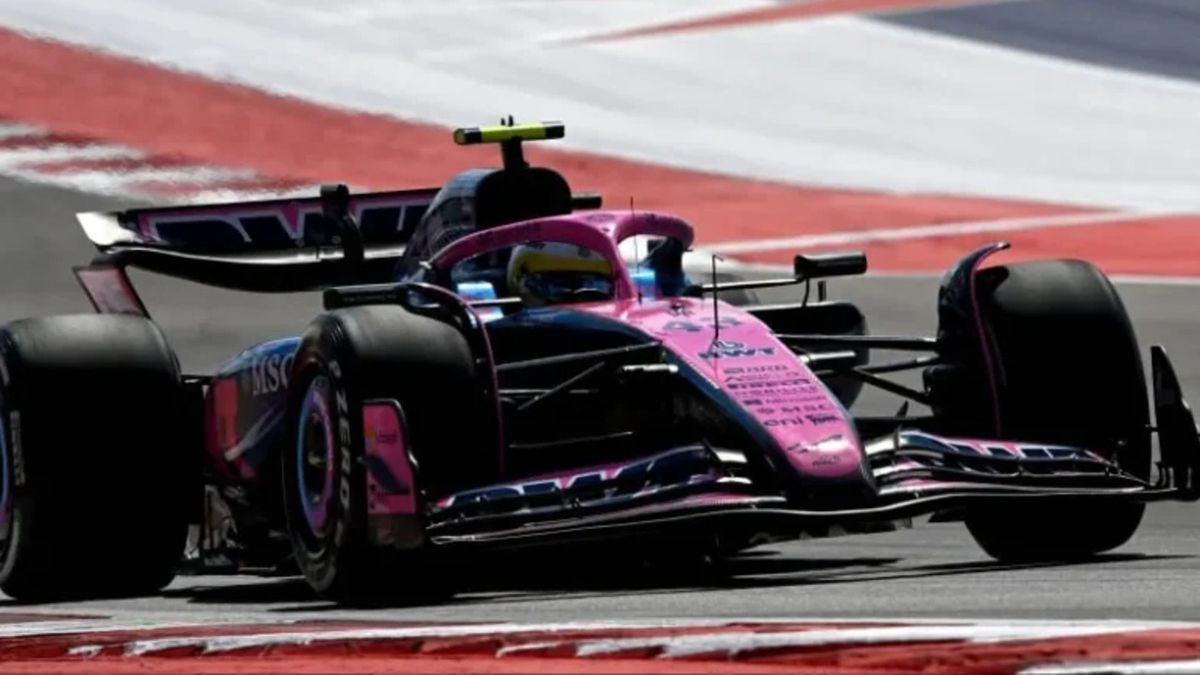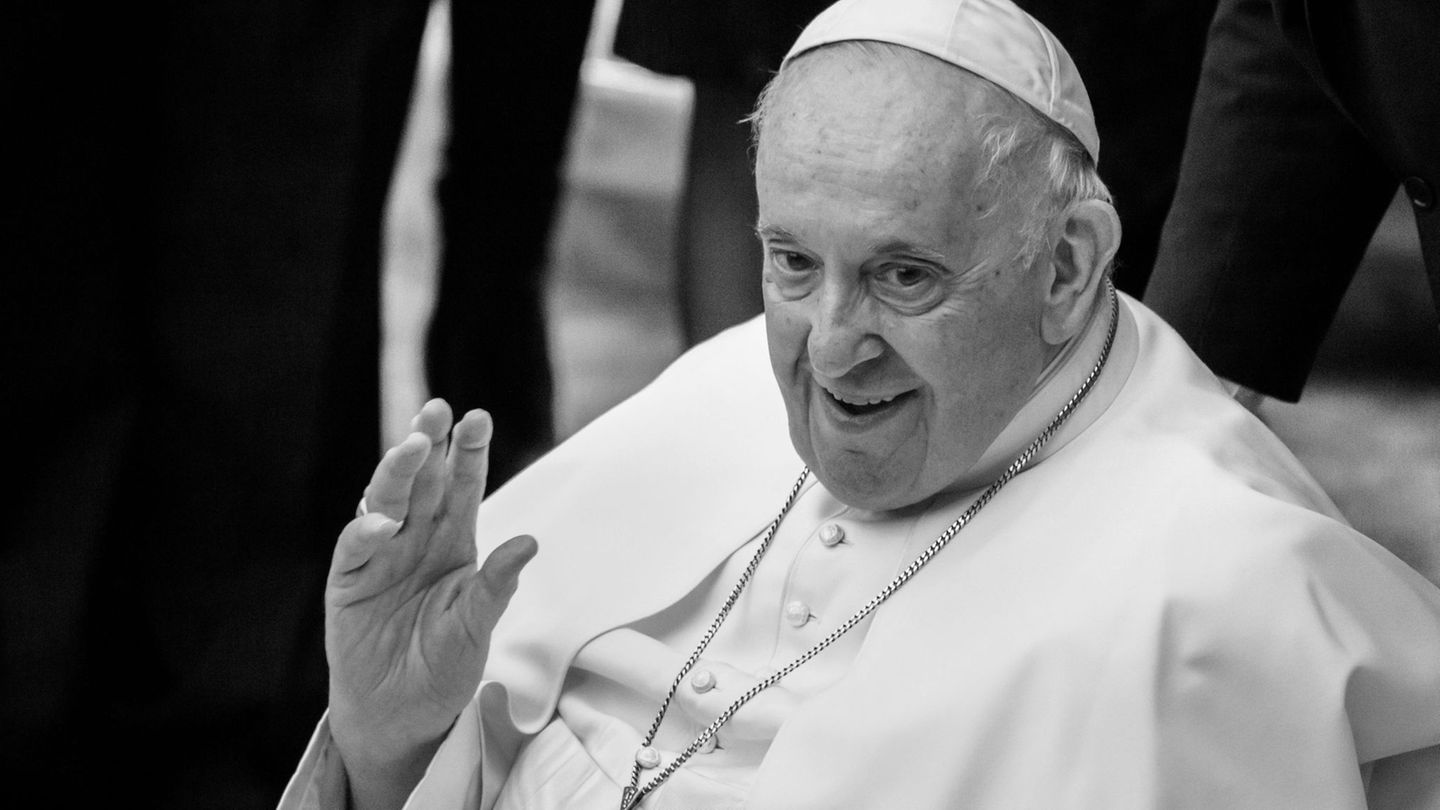I have been working in the news industry for over 6 years, first as a reporter and now as an editor. I have covered politics extensively, and my work has appeared in major newspapers and online news outlets around the world. In addition to my writing, I also contribute regularly to 24 Hours World.
Menu
Catholic Church: Welt mourns the loss of Pope Francis as the “man of peace”
Categories
Most Read
Dispute over drug cartels: USA puts Colombia’s President Petro on sanctions list
October 24, 2025
No Comments
War in Ukraine: Critical situation for Ukrainian troops around Pokrovsk
October 24, 2025
No Comments
Meeting in London: Coalition of the Willing struggles to make progress in London
October 24, 2025
No Comments
USA against drug cartels: USA sends aircraft carriers to Latin America
October 24, 2025
No Comments
Cityscape debate: Linnemann urges Klingbeil to be disciplined
October 24, 2025
No Comments
Latest Posts

Formula 1: Franco Colapinto finished 9th in the first practice of the Mexican GP
October 24, 2025
No Comments
October 24, 2025 – 19:02 The Argentine closed a great performance where he clearly surpassed Paul Aron, his main rival for a seat in the

Award: Jürgen Klopp receives the Walther Bensemann Prize – and gets cheeky
October 24, 2025
No Comments
PierceI am Pierce Boyd, a driven and ambitious professional working in the news industry. I have been writing for 24 Hours Worlds for over five

The heat has arrived: this is the nutritious and healthy diet for people with diabetes that an expert recommends
October 24, 2025
No Comments
October 24, 2025 – 18:00 A healthy cooking specialist shared his tips for taking care of your diet and keeping glucose stable during the summer.
24 Hours Worlds is a comprehensive source of instant world current affairs, offering up-to-the-minute coverage of breaking news and events from around the globe. With a team of experienced journalists and experts on hand 24/7.

